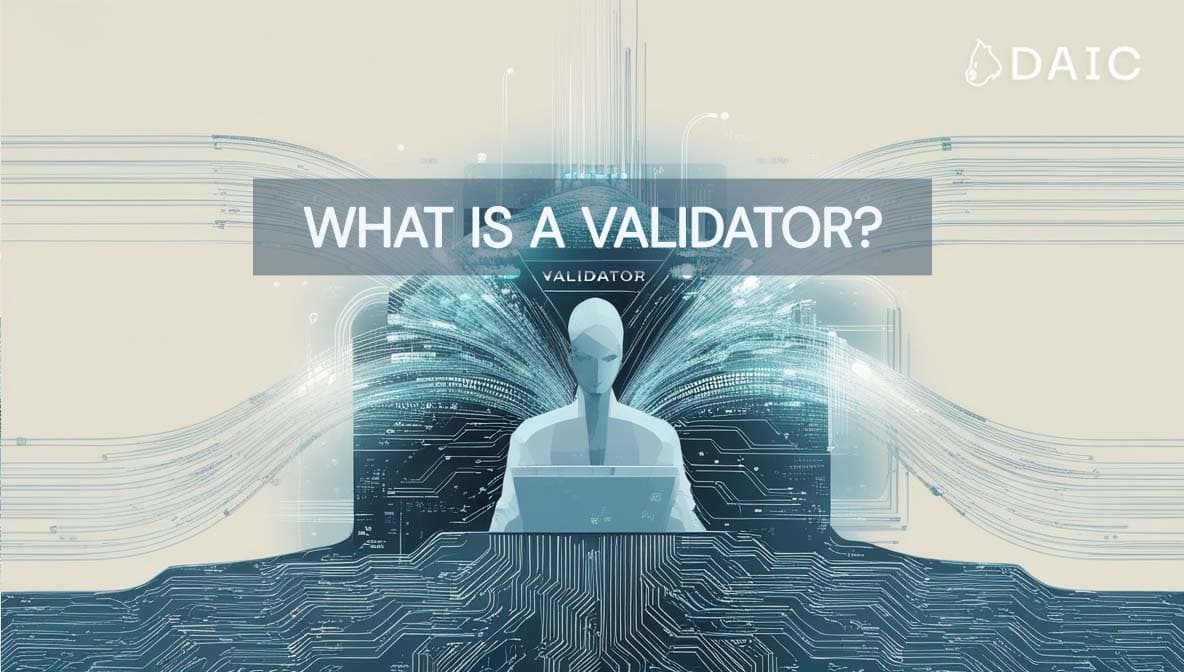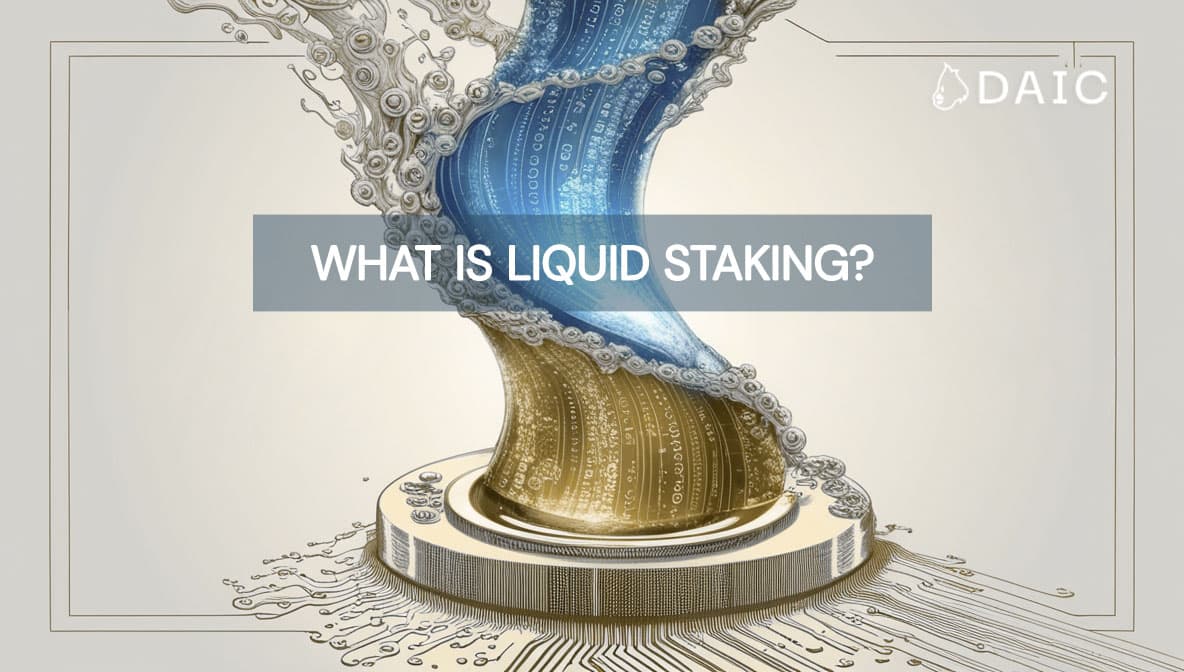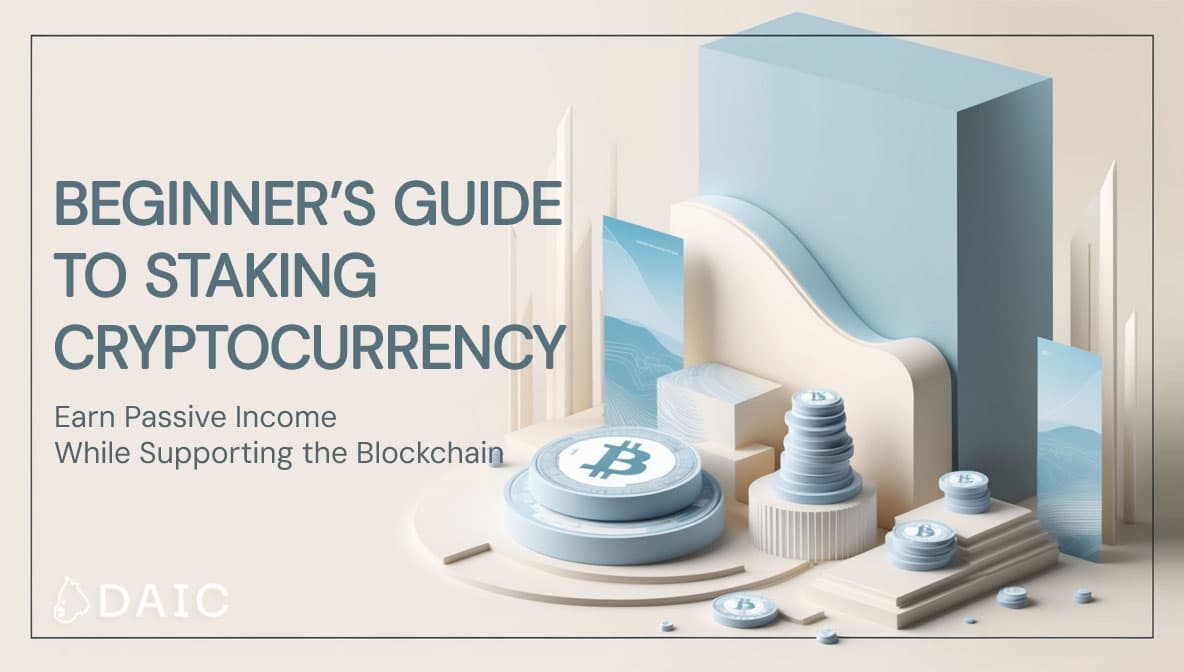Blockchain virtual machines (VMs) play a crucial role in executing smart contracts and powering decentralized applications (dApps). From the widely adopted Ethereum Virtual Machine (EVM) to newer alternatives like CosmWasm and MoveVM, these VMs offer different execution models, scalability solutions, and interoperability features. This article explores their strengths, limitations, and the evolving trends shaping the future of blockchain smart contract execution.
Key Takeaways
- Ethereum Virtual Machine (EVM) remains the most widely adopted VM, enabling smart contract deployment across multiple blockchains.
- CosmWasm brings WebAssembly-based execution and improved interoperability within the Cosmos ecosystem.
- MoveVM (used by Aptos & Sui) introduces an object-based model for enhanced security and parallel execution.
- Interoperability solutions like EVM-compatible chains, CosmWasm’s IBC, and cross-chain bridges are improving blockchain connectivity.
- Challenges include high gas fees, security risks, and scalability limitations that impact blockchain VM performance.
- Future trends involve zkEVM, AI-enhanced smart contract security, and modular blockchain architectures to enhance scalability and efficiency.
Virtual Machines (VMs) have been a cornerstone of modern computing, enabling multiple operating systems to run on a single piece of hardware. However, their role extends far beyond traditional IT infrastructure. They also serve as the backbone of blockchain-based smart contracts and decentralized applications (dApps). In the context of blockchain, virtual machines provide a secure, sandboxed environment for executing smart contracts in a decentralized and deterministic manner.
Blockchain virtual machines differ from traditional VMs in that they do not emulate hardware but instead execute predefined scripts and smart contracts. They ensure that transactions and computations are executed in a secure and verifiable way, without reliance on a central authority. The most well-known example is the Ethereum Virtual Machine (EVM), which powers Ethereum and numerous EVM-compatible blockchains. Other blockchain virtual machines, such as CosmWasm (Cosmos WebAssembly) and MoveVM (Aptos & Sui), have emerged to address scalability, security, and flexibility concerns.
The evolution of blockchain VMs has led to significant advancements in decentralized computing, cross-chain interoperability, and smart contract efficiency. From Ethereum’s gas-based execution model to WebAssembly-based VMs that support multiple programming languages, these technologies shape the future of blockchain applications.
In this article, we will explore blockchain virtual machines in detail, focusing on their architecture, functionality, and real-world use cases.
What is a Virtual Machine in Blockchain?
In the context of blockchain, a virtual machine is a software-based execution environment designed to run smart contracts securely and deterministically across decentralized networks. Unlike traditional virtual machines that emulate physical hardware to support multiple operating systems, blockchain virtual machines execute bytecode in an isolated environment to ensure consistency, security, and immutability.
Key Characteristics of Blockchain Virtual Machines:
- Deterministic Execution – Every node in the blockchain network executes the same smart contract code and produces identical results, ensuring consensus across the system.
- Sandboxed Environment – Smart contracts run in an isolated space, preventing them from interfering with the host system or accessing unauthorized resources.
- Gas Fees & Resource Management – To prevent infinite loops and excessive resource consumption, blockchain VMs often implement a fee system (e.g., Ethereum’s gas mechanism) to allocate computing resources efficiently.
- State Persistence – Blockchain VMs interact with the blockchain’s state, ensuring that contract executions and updates remain immutable and verifiable.
-
Security & Immutability – Transactions executed within a blockchain VM are cryptographically secured and stored in an immutable ledger, making them resistant to tampering.

Unlike traditional cloud-based or hardware-based virtualization, blockchain virtual machines do not share resources dynamically across multiple users. Instead, they execute self-contained smart contract code across thousands of distributed nodes, ensuring trustless and transparent computation.
Different blockchains implement distinct VM architectures depending on their consensus models, scalability needs, and developer ecosystems. The most widely used blockchain VM is the Ethereum Virtual Machine (EVM), followed by CosmWasm, MoveVM, and Wasm-based VMs in newer blockchain protocols.
Comparison of Key Blockchain Virtual Machines
While different blockchain ecosystems use different virtual machines, the goal remains the same: to execute smart contracts securely and efficiently. Below is a high-level comparison of the most important blockchain VMs:
| Virtual Machine | Primary Blockchain(s) | Execution Model | Language Support | Strengths | Limitations |
| Ethereum Virtual Machine (EVM) | Ethereum, BSC, Polygon, Berachain | Stack-based execution | Solidity, Vyper | Widespread adoption, strong developer community, EVM compatibility | High gas fees, limited parallel execution |
| CosmWasm | Cosmos ecosystem (Juno, Osmosis, Injective) | WebAssembly-based execution | Rust, Go, AssemblyScript | Flexible smart contract design, cross-chain interoperability, efficient execution | Requires Wasm knowledge, ecosystem still growing |
| MoveVM | Aptos, Sui | Object-oriented execution model | Move | Strong security model, parallel execution | Newer ecosystem, smaller developer base |
| NEAR Protocol Wasm VM | NEAR, Aurora | WebAssembly-based execution | Rust, AssemblyScript | Low-cost transactions, fast finality, scalability | Smaller ecosystem than Ethereum |
| Solana Sealevel VM | Solana | Parallel execution | Rust, C, C++ | High throughput, fast execution | Complex programming model, hardware-intensive |
Each of these virtual machines has unique trade-offs based on security, scalability, and compatibility. EVM remains the most widely adopted due to its first-mover advantage, while newer Wasm-based VMs and MoveVM aim to address security and efficiency challenges.
Virtual Machines and Blockchain Interoperability
Interoperability is a major challenge in the blockchain space, and virtual machines play a crucial role in facilitating cross-chain functionality. Some key aspects of blockchain VM interoperability include:
- EVM-Compatible Chains: Blockchains like Polygon, Binance Smart Chain, and Berachain support EVM, allowing developers to deploy the same smart contracts across multiple chains.
- CosmWasm & IBC (Inter-Blockchain Communication): The Cosmos ecosystem leverages CosmWasm and IBC (Inter-Blockchain Communication) to enable seamless smart contract execution across different chains.
- Cross-Chain Bridges: Projects like LayerZero, Wormhole, and Axelar enable interoperability by connecting different VMs across blockchains.
- Multi-VM Chains: Some blockchains, like Polkadot, support multiple virtual machines, allowing greater flexibility in smart contract deployment and execution.
Challenges & Limitations of Blockchain Virtual Machines
While blockchain VMs provide significant benefits, they also come with certain limitations:
- Gas Fees & Computational Costs: EVM-based smart contracts incur high gas fees, making transactions costly for users.
- Security Risks: Smart contract vulnerabilities, such as reentrancy attacks and logic flaws, remain a critical concern.
- Scalability Issues: Some VMs, like EVM, struggle with high transaction loads, leading to congestion and slow processing times.
- Developer Learning Curve: Newer VMs like CosmWasm and MoveVM require developers to learn new languages and execution models.
- Cross-Chain Security Risks: Interoperability solutions like bridges introduce additional attack vectors and security concerns.
Future Trends in Blockchain Virtual Machines
The landscape of blockchain virtual machines is evolving rapidly, with several key trends shaping the future:
- Optimized Virtual Machines: The development of zkEVM and parallelized execution environments will improve efficiency and scalability.
- Blockchain-Agnostic Smart Contracts: More projects are working on universal VM solutions that allow smart contracts to run across multiple blockchains seamlessly.
- Integration of AI & Automation: AI-driven smart contract auditing and optimization tools will enhance security and efficiency.
- Modular Blockchain Architectures: The rise of modular blockchain designs will allow different VMs to be plugged into blockchain ecosystems based on specific needs.
Conclusion
Blockchain virtual machines are essential for executing smart contracts and running decentralized applications. The Ethereum Virtual Machine (EVM) is the most widely used, but newer VMs like CosmWasm, MoveVM, and Wasm-based VMs offer alternative solutions that optimize performance, security, and interoperability.
Understanding the differences between blockchain virtual machines helps developers and businesses choose the best platform for their use cases. As blockchain technology evolves, we can expect further improvements in scalability, security, and cross-chain compatibility in blockchain virtual machines.
The information provided by DAIC, including but not limited to research, analysis, data, or other content, is offered solely for informational purposes and does not constitute investment advice, financial advice, trading advice, or any other type of advice. DAIC does not recommend the purchase, sale, or holding of any cryptocurrency or other investment.


